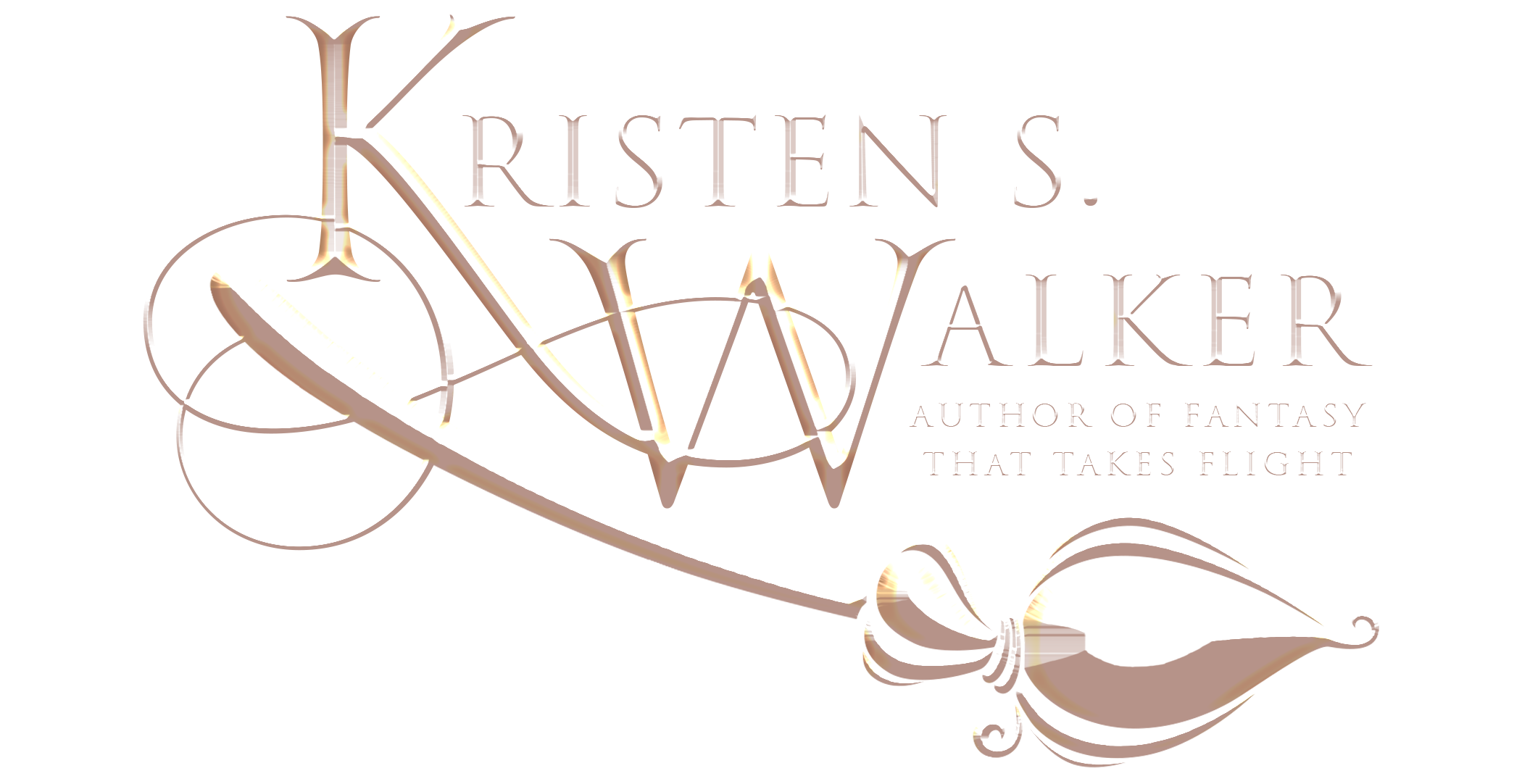If you’ve ever tried to write a story about a type of mythological creature before (say, a vampire) then you probably already know what this issue is like. How do you balance the traditional mythos or lore of a creature with your own new ideas? You know that when a reader sees “vampire” in a story description, they’re going to have general expectations about what a vampire is: weak to sunlight, crosses, and garlic; cold, pale, undead; uses fangs to suck blood from their victims, often killing them. They might also be waiting to see which of two common directions you take your vampires, such as heartless monster who is happy to manipulate humanity or sexy, brooding hunk who feels guilty about his need to kill and probably finds a sympathetic human female to pity him. If you stray too far from these common traits of a vampire, you risk disappointing or even irritating your readers, and you’d better have a very good explanation about why your vampires are different.
On the other hand, you probably don’t want to write the same old vampire story that everyone else does. You’re not doing this to make a carbon copy of Dracula or Interview with a Vampire. Maybe you have a few ideas about a unique twist for your vampires that would let you write a different type of story, like vampires can get by on very little blood to survive so your vampire protagonist can be a ditz who usually fails at hunting without dying from her sheer ineptitude. Or maybe you just go crazy with the different vampire traits to make sure that your vampire is very different from anyone else’s, without thinking about the reason for making these changes. But you can take this too far, and at what point have you changed a vampire so much that you can’t really call them a vampire anymore?
Sometimes you can go about making intelligent changes to the lore by researching it in-depth. For example, you might study why vampires are repelled by garlic and learn that one theory points out that mosquitoes (another bloodsucker) are also repelled by garlic. Well, then, why couldn’t vampires also be repelled by citronella candles? Maybe that’s not a good example, because it sounds pretty silly, but you get the idea. This type of thinking can make it easier to justify your changes (or augments) to the lore in a logical way.
One thing that annoys me, though, is when a story makes a point of telling us that not only are their vampires/whatever “different”, but their vampires are the “true” vampires and previous stories “just got it wrong”. They might say things like “We let humanity think that we don’t like crosses so they’ll feel safe and we can have the upper hand” or call out specific authors who got it wrong, like “Bram Stoker started this whole garlic nonsense because he was an idiot”. Now, I can understand not wanting to copy Bram Stoker directly and trying to set your work apart, but you don’t need to insult him in the process. Stoker was a widely influential author and he deserves some respect. You’ll never earn respect for yourself by putting other people down.
There’s a different type of situation when you use a mythological creature which is less commonly known, like a kappa. You know that most of your readers will probably have no clue what a kappa is, so you’re going to have to explain it with more detail. But if you decide to change a few details to fit your story better, will anyone even know the difference? And will readers just be confused by the new type of creature, or will they give you brownie points for “using underrated creatures” and having a “diverse multicultural mythical background”?
It’s hard to figure out what are the best choices for you and your story. And even if you think you find a good balance, you’re probably going to have at least a few readers who don’t like your choice anyways. For example, I researched vampire lore and found out that in some stories, vampires not only don’t show up in mirrors, but they also can’t be photographed. When I put this detail into my story, I had one person comment that they were really confused about my vampires not showing up in photos and they didn’t understand my justification at all! Oh, well.
The obvious way to avoid the whole problem is to try inventing your own mythological creatures, but if they aren’t terribly original then someone will be happy to point it out to you, and of course with a world full of myths, lots of things have been done before. You also run into the problem of having to justify why they are what they are and going into a lot more detail, which can run you into infodump territory.
Where do you like to fall on the spectrum of following the lore versus inventing new variations of traditional creatures? Are you more tolerant of innovation for some kinds of creatures than others? (For example, are you comfortable with vampires who sparkle as a new variation, but can’t stand werewolves who can change forms when it’s not a full moon?) Do you like to read or write about less popular mythological creatures for a change of pace?


